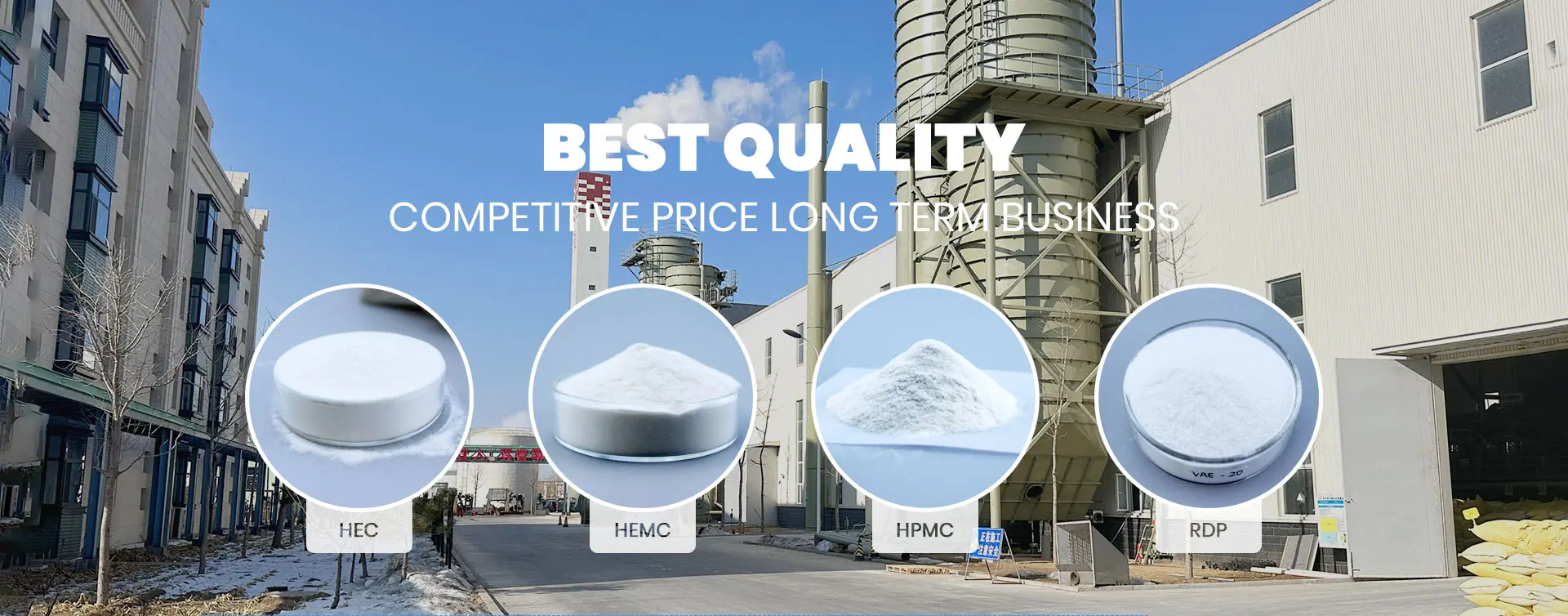
ડીસેમ્બર . 21, 2024 02:11 Back to list
hpmc
Understanding HPMC A Versatile Polymer in Modern Applications
Hydroxypropyl Methylcellulose (HPMC) is a cellulose ether that has gained significant importance in various industries due to its unique properties and versatility. Derived from natural cellulose, HPMC is synthesized by substituting hydroxyl groups in cellulose with hydroxypropyl and methyl groups. This modification enhances the solubility and functionality of cellulose, making HPMC a valuable ingredient in pharmaceuticals, food, cosmetics, and construction materials.
One of the most remarkable features of HPMC is its ability to form gels and solutions in different concentrations and temperatures. This property enables its wide application in drug formulation. HPMC is often used as a thickening agent, binder, and film-forming agent in tablet formulations. Its controlled-release profile allows for the development of sustained-release medications, providing patients with longer-lasting therapeutic effects and reduced dosing frequency. Moreover, HPMC is non-toxic and generally recognized as safe (GRAS) by regulatory authorities, making it an ideal choice for pharmaceutical products.
.
Cosmetic and personal care products also benefit from the incorporation of HPMC. Its film-forming properties provide a smooth application and long-lasting hold in formulations such as creams, lotions, and gels. HPMC is also found in hair care products, providing styling hold while maintaining flexibility. Additionally, its water-retaining ability helps in moisturizing formulations, making it a popular choice among formulators targeting hydration and skin barrier enhancement.
hpmc

In the construction sector, HPMC is valued for its role as a rheology modifier in cementitious and gypsum-based materials. By improving the workability, adhesion, and water-retention properties of these materials, HPMC contributes to the overall performance and durability of construction applications. From tile adhesives to joint compounds, HPMC enhances the user experience by allowing for easier application and longer open times, essential for achieving high-quality finishes.
Further extending its applications, HPMC is employed as a dispersing agent in industries such as paints and coatings. Its ability to stabilize suspensions and prevent sedimentation is crucial in ensuring consistent color and texture. In this context, HPMC enhances the performance of various products, enabling efficient application and long-lasting results.
Despite its numerous advantages, the production and use of HPMC are not without challenges. The sourcing of raw cellulose and the environmental impact of polymer production raise important questions regarding sustainability. As industries pivot towards greener practices, efforts are underway to develop more sustainable methods of HPMC production and explore alternatives derived from renewable resources.
In summary, Hydroxypropyl Methylcellulose (HPMC) stands out as a multifunctional polymer with extensive applications across multiple industries. Its unique properties—including solubility, film-forming capabilities, and water-retention—make it an indispensable ingredient in pharmaceuticals, food, cosmetics, and construction. As we move towards a more sustainable future, the ongoing research and innovation surrounding HPMC promise to further enhance its utility and address the environmental concerns associated with its production. Embracing HPMC not only signifies a commitment to quality and performance but also reflects the larger trend toward enhancing the functionality and sustainability of modern products.
-
Versatile Hpmc Uses in Different Industries
NewsJun.19,2025
-
Redispersible Powder's Role in Enhancing Durability of Construction Products
NewsJun.19,2025
-
Hydroxyethyl Cellulose Applications Driving Green Industrial Processes
NewsJun.19,2025
-
Exploring Different Redispersible Polymer Powder
NewsJun.19,2025
-
Choosing the Right Mortar Bonding Agent
NewsJun.19,2025
-
Applications and Significance of China Hpmc in Modern Industries
NewsJun.19,2025







